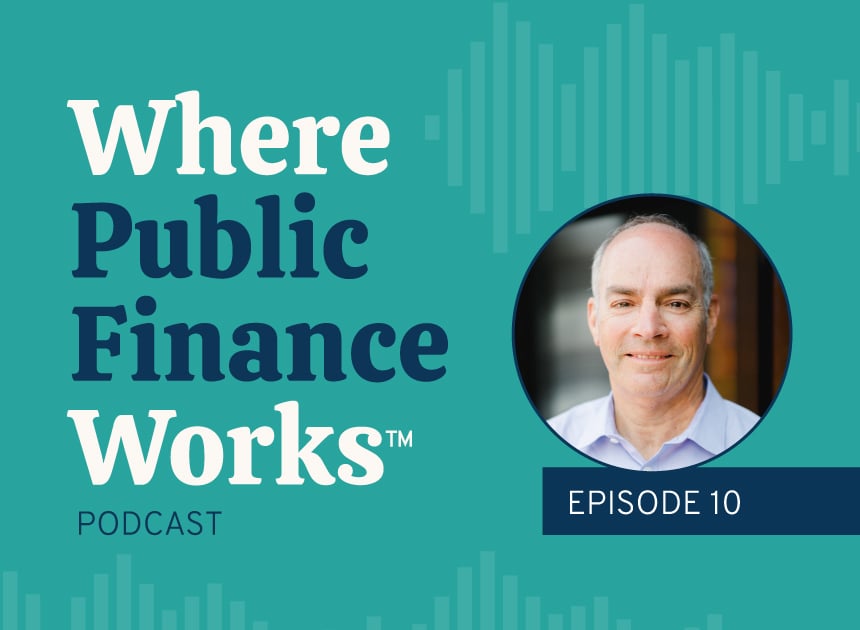Episode Summary
In this episode of Where Public Finance Works, we explore the remarkable journey of Martin “Marty” Feinstein, an influential figure in the fusion of public finance and investment banking technology. Born and bred in New York, Marty’s story begins with his early exposure to computing at Jamaica High School, training on an IBM 1030 mainframe, and progresses through his ascension in the field post completing his master’s from Albany State.
Join our host, Tyler Traudt as he guides us through Marty's story from his foundational programming work at International Paper, creating a forest-yielding algorithm, to his pivotal role at First Boston, where his uncle's advice steered him into the world of public finance. Marty recounts his transition from programming to financial analysis, and how the arrival of PCs and evolving technology shaped the industry.
Listen along as he details the profound shifts in bond pricing technology, from the Monroe Bond Calculator to the dominance of Bloomberg terminals. Marty candidly discusses the impact of the Tax Reform Act of 1986, which threw municipal finance into tumult, and how it prompted changes in refunding bonds and the entry of analytical databases.
As he reflects on his later roles and working with his team at DebtBook, we learn how Marty’s legacy is defined by a commitment to progress and the ability to harness knowledge for continuous improvement.
Featured Guest
Marty Feinstein is the Managing Director of Finance Product & Enablement and Head of Data Analysis/Excel Model Development at DebtBook. He first entered the Public Finance field in 1980 as a computer programmer at First Boston Corporation. In 1995, Marty joined Smith Barney (later to merge with Citi) where he became a director and headed the Finance Structuring Group within the Public Finance Department.
Marty also worked for Global Financial Markets Institute as a consultant responsible for training clients in general Public Finance knowledge or Excel cash flow modeling. In April 2020, Marty joined DebtBook to help the team design and build user-friendly internal models to speed data entry of client information and train staff in general Public Finance knowledge.
Top Takeaways From Episode 10
1. The Origins of Computing in Finance: Marty’s narrative kicks off with a pioneering role at International Paper, where he developed a program to analyze forestry yields - a task that proved to be a twenty-year legacy. His journey shows the critical value of specialized software in enhancing company operations and the longevity such solutions can possess in the industry.
2. Public Finance's Technological Evolution: Marty offers an in-depth look at the transformative period of the early 1980s when computing began to revolutionize public finance. From the Monroe Bond Calculator to the days of Bloomberg terminals, Marty's account provides a front-row seat to the technological advancements that shaped today’s financial markets.
3. The Strategic Adaptation to Regulatory Changes: Marty provides first-hand insights into the financial industry's response to new regulatory landscapes, particularly following the Tax Reform Act. He highlights the necessity for finance professionals to swiftly adjust strategies, develop new analytical tools, and re-evaluate existing transactions to remain compliant and efficient.









